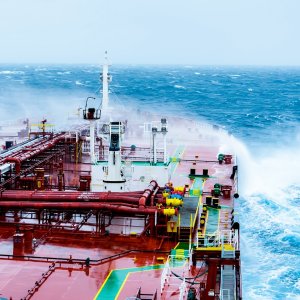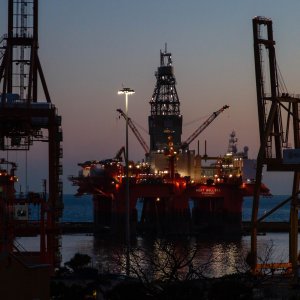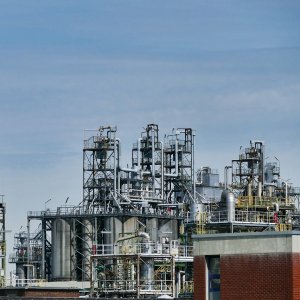Comprehensive Mexican Knowledge Makes NSAI Top Consultancy Pick

STORY INLINE POST
Q: Tell us a little about NSAI and the expertise and insights you provide operators in the Mexican market?
A: We will celebrate our 60th anniversary as a company in 2021. We provide independent evaluations of oil and gas assets. Those evaluations generally come about when an asset is trading hands, a company needs to borrow money, or if there is requirement from a regulatory body. NSAI reviews the technical data and provides an evaluation to support these activities. We have been doing business in Mexico for the past 25 years, having been invited initially to act as an advisor to PEMEX’s top-level management. This included a review of all the producing fields at the time as well as the exploration portfolio. These reviews included the fields that are still on production today such as the fields that produced from the fractured carbonates in the Bay of Campeche. NSAI was instrumental in the studies that resulted in the implementation of pressure maintenance in those fields and doubled the recovery in those fields. We carried out static modeling to determine the hydrocarbons in place and dynamic modeling to study the impact to oil recovery through a pressure maintenance program. The results speak for themselves.
This is where we add value. Our experience provides us an incredible knowledge base about what works. We are also one of the providers qualified by the CNH to provide independent evaluations and reserves certifications in Mexico. Since the Energy Reform, we have gotten involved with companies looking to invest and develop fields in Mexico. Talos Energy is a good example of such a company. We are also working with banks in Mexico that want to invest in energy. We have diversified our portfolio in the country including continued work with PEMEX. Our current contracts with Pemex include the review and evaluation of reserves for the company’s key business units.
Q: What methods can Mexico and PEMEX employ to increase the country’s oil reserves despite financial restrictions?
A: Growing the reserves base requires an effective exploration program that is discovering more hydrocarbon volumes than those being produced each year, in other words a reserves-replacement ratio greater than one. For Mexico and PEMEX, the issue is not technical as there are many exploration prospects to be drilled. The issue is limited access to capital, which is what lent itself to the Energy Reform. The Mexican government realized that more investment in the petroleum industry was needed. The potential in Mexico is vast, but due to limited capital, those resources cannot all be developed and brought to market. The licensing rounds were key in helping to push the investment responsibility and risk away from the country and onto the interested parties.
The best way to replace reserves is to foster an environment that is healthy for external investment. There has been a change in this with the present administration. It has been reviewing contracts to make sure Mexico is protected, which is a legitimate concern, but that does not mean all additional investments should be ceased. External investment is needed to bring more capital into the country and help find and develop Mexico’s resources.
Q: What was the specialist service that NSAI provided Talos Energy for its independent report over the Zama reservoir ahead of unitization?
A: Zama is a monumental case for Mexico. It is the first discovery that will require a unitization before a development plan can be submitted by Talos and Pemex for approval. Both companies want to protect their interests and both want to be able to develop this large discovery.
We have worked with both companies in the past and both recognize us as independent. We interpret the available data from the ground up and develop an unbiased view of the resource distribution between the blocks. We want to provide an objective view of the seismic data, the well logs and the well tests, and to capture the uncertainty of outcomes that exist by applying the resource definitions. A field like Zama extends over many kilometers, and there are only a few wellbores and limited 3D seismic data that can be used to define the entire reservoir. This means there is uncertainty. We use both deterministic and probabilistic approaches to define the ranges of uncertainty for the volumetric input parameters. We then provide an independent report that we can defend for any party involved. This is not the view of Talos nor PEMEX, but the view of the data itself and of Netherland, Sewell & Associates, Inc.
The long history and the subsidiary we have in Mexico certainly help strengthen our position here. We know the analogous fields, the basins, and the depositional environments. We have staying power in Mexico and that gives confidence to operators, as well as to financial markets, which will ultimately provide capital to the companies developing resources in Mexico.
Q: What are NSAI’s primary services to assist with well placement, optimum well count, and facility size to optimize return on investment?
A: Our work with an operator is based on their intent to develop and operate a field. In general, when we get involved the operator will have already performed a lot of analysis and probably has a view on the number of wells to drill, how to size the facilities, the number of platforms required and so on. We will usually start with that view, but based on our modeling and analysis we may offer alternative well placement or well counts to improve the field’s performance and economics. Our work often begins by analyzing the development plan that the operator has presented to the governing authority, but because of our vast experience with Mexico’s subsurface resources, we can provide additional insight.
Q: How else could Mexico generate increased production in mature fields?
A: Mexico has tremendous expertise, and the level of education in the industry is very high. PEMEX has connections with leading universities worldwide and sends employees to study at these universities. The technical talent in PEMEX is very good. [With the Energy Reform, Mexico now has access to the knowledge and experience from other companies, which expands its knowledge base. This helps to further improve the performance of the industry and potentially increase production levels in the existing fields.
There are also mature fields in the Bay of Campeche that have potential to be further developed using the same pressure maintenance approach (gas injection) as Akal and KMZ. This will allow PEMEX to reduce the production declines in these fields.
Development of newly discovered fields takes time. For a discovery the size of Zama, the appraisal and development will take years because of all the steps and large capital investment required. However, as fields like Zama, Amoca, and Hokchi come online, there will be increases in production. We are just now beginning to see the increased production from some of these investments, and it is important that investment continue to flow into the Mexico oil and gas industry because if investment is slowed or halted now it will be felt in the future.
Q: What does the company expect from the future of Mexico’s unconventional potential?
A: The unconventionals that exist in southern Texas extend across the border and into northern Mexico and large parts of the giant Chicontepec reservoir would be considered unconventional. We have more experience in evaluating unconventional resources than any other petroleum consulting firm, so we bring a wealth of expertise to this type of resource. Unconventionals require hydraulic fracturing, and this is a hot-button topic right now. President López Obrador has commented on not being in favor of hydraulic fracturing. For this to change, companies need to assure the country that they are not putting the environment or water supplies at risk. In addition, they must ensure that they are not using excessive amounts of water or other resources required by the general population.
In Mexico, there is growing demand for natural gas, and the country imports a large portion of that demand. If Mexico could develop its own gas resource, dependency on imports would be reduced. This would fit in line with the president’s desire for Mexico to be independent and provide its own fuel resources. However, there are still tremendous conventional resources in the country that may have a lower development cost.
Q: How does NSAI intend to carry on for this year?
A: The primary interest this year is helping our clients continue to establish themselves and develop their assets. Our success is linked to theirs, so this is important to our company. This would be the third year that we hold a Spanish-language seminar for nontechnical professionals who are investing or working in the oil and gas industry in Mexico. However, the pandemic has made meeting in person this year difficult, so we are looking at providing the material through multiple webinars.
Netherland, Sewell & Associates, Inc. is a worldwide petroleum consultancy that provides services such as reserves reports and audits, acquisition and divestiture evaluations, simulation studies and exploration resource assessments.




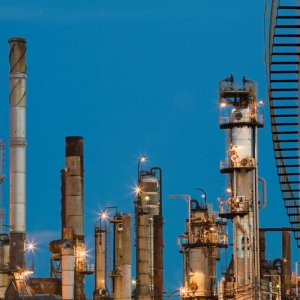
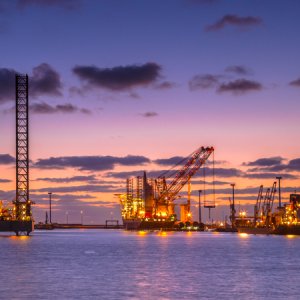


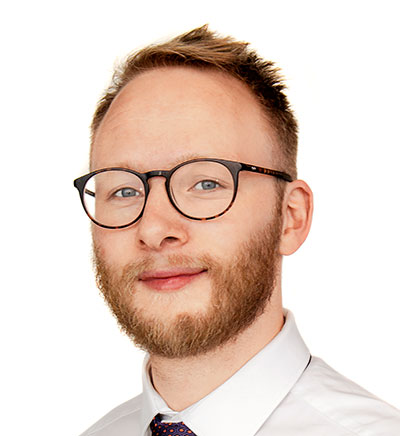 By Peter Appleby | Journalist and Industry Analyst -
Fri, 07/24/2020 - 11:25
By Peter Appleby | Journalist and Industry Analyst -
Fri, 07/24/2020 - 11:25




